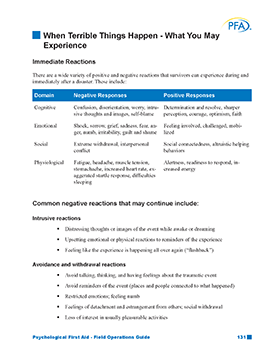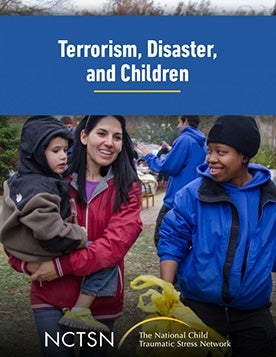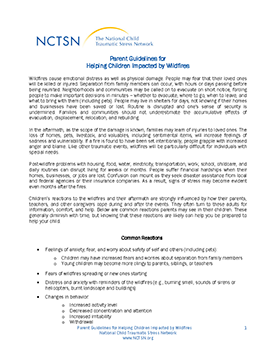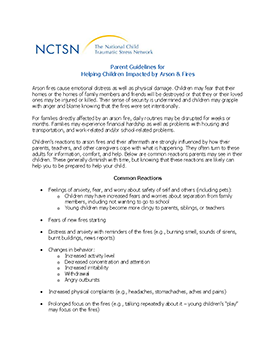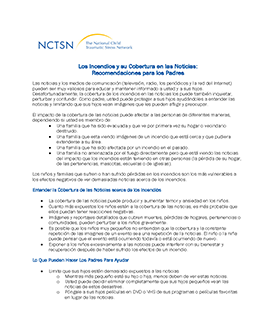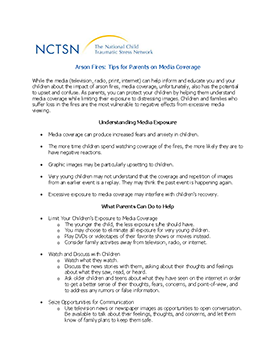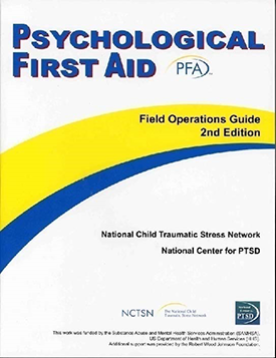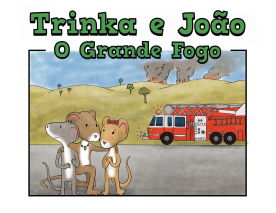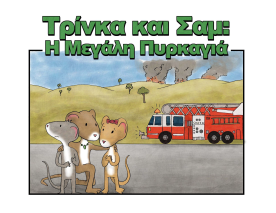Wildfires are fires that spread rapidly and rage out of control in areas of woodland, brushland, grassland, scrubland, peatland, and other wooded areas. Wildfires differ from other fires based on their larger size, how quickly they can spread from the original source, the potential to change direction unexpectedly, and their ability to jump gaps (e.g. roads, rivers, and fire breaks). Periodic fires can be beneficial to the ecosystem as they can reduce dead plants or an overabundance of live plants, reduce the number of damaging insets, recycle nutrients to the soil, and encourage plant growth. However, they can also cause massive damage to land, wildlife, homes, businesses, and schools. They generate lots of smoke and ash that create additional safety concerns, limiting outside activities, exacerbating medical conditions, or worsening respiratory issues. Wildfires are most common during the summer and fall when weather is dry, as well as during droughts. They commonly start and spread on “red-flag days” when it is windy, hot, and dry. Wildfire-damaged communities can be at increased risk for flooding and mudslides during heavy rains, which may create additional stress in the weeks, months, and years following the event.
Being prepared beforehand is the best way to help children and family members recover after a wildfire. To improve their preparedness, families should:
- Know their wildfire risk. Families should make sure they have proper insurance to cover risk.
- Be informed about how to access updated official wildfire information. Have families identify which radio stations, websites, or social media will provide current and reliable updates. Encourage them to sign up for community alerts.
- Have an evacuation plan. Families should know the best route and an alternate way to evacuate by car and foot from their home, work, and school. Their plan should include identifying family members or friends they could stay with in the event of an evacuation. Encourage families to contact local authorities if they have any members who have ongoing health concerns, mobility issues, or if they will need assistance during an evacuation.
- Assemble an emergency go kit. Families should have access to enough water, food, and other emergency supplies for at least 3 days and medications for at least 7 days. Have them gather copies of important documents, a radio with batteries as needed for official weather updates, and supplies for pets. It can be helpful to keep the emergency kit in a large backpack, duffel bag, or easy to carry container in the event of a quick evacuation. For a complete checklist of what to include, review the family preparedness plan.
- Make a family communication plan. Families should have important contact information easily accessible and know whom they might contact when they are separated from one another. Have them provide this information to babysitters. To organize this information, have families fill out the preparedness wallet card.
- Conduct regular landscaping grooming and maintenance. At least once a year, families should prune low-hanging and dead tree limbs, remove debris, and clean their gutters. For those in fire-risk areas, have them consider selecting building materials and plants that are fire resistant when adding or changing landscaping. Families should keep gas grills and propane tanks away from the house.
- Plan for children’s needs. Parents and caregivers should give children factual information about wildfires in simple terms. This includes how beneficial some fires can be for the ecosystem. Make sure children know what to do if there is a danger of a fire nearby and practice evacuating together. Remind them that as winds change, smoke and ash will follow. They should try to keep outdoor activities limited during this time. The mobile app Help Kids Cope provides information on how to talk with children of different developmental levels.
Knowing what to do during a wildfire can help families feel more in control and take steps to increase their safety. Consider the following:
During a wildfire but when not in an evacuation zone, families should:
- Minimize exposure to smoke and ash. Encourage families to close doors, windows, vents, and fireplace screens and set their air conditions to recirculate the inside air. It is best to stay indoors and limit strenuous exercising. If needed, family members can wear masks to avoid irritation.
- Be ready to evacuate quickly. Make sure cars are fueled and in good condition or check with emergency management for public transportation pickup locations and procedures. It is best to keep cell phones charged, confirm with friends or family members they hope to stay with, and have their emergency go kit assembled and ready. Families should know whether or not they can take pets and livestock with them and how to keep them cool, hydrated, and fed if they cannot.
- Water their roof and shrubs to reduce potential damage.
- Monitor their risk and evacuate as needed. Families should monitor official local media and social media for evacuation alerts. Know that conditions can change rapidly depending on the wind and weather. When officials announce it is time to evacuate, make sure they follow these orders.
During an evacuation, families should:
- Gather their emergency go kit, all loved ones, and pets in their car or shared transportation. Families should keep emergency information on in the car to keep updated and inform family members once they have evacuated safely. If driving, expect that smoke will reduce visibility, drive slowly, and keep the windows and air vents closed. Don’t return home until authorities indicate it is safe to do so.
- Take steps to protect their property. Inform families to turn on outside lights and leave a light on in every room to make the house more visible in smoke. If there is time, families should move flammable furniture in the center of the home, away from windows and glass doors. Have them also remove flammable curtains and window treatments. Families should follow their plan to keep pets and livestock cool, hydrated, fed, and safe if they cannot also evacuate.
- Locate a designated public shelter if needed. Families can text SHELTER and their zip code to 43362 (4FEMA) to find the nearest open shelter. They can also download the American Red Cross Shelter Finder app.
Immediately after a wildfire is contained, families should:
- Evaluate for injuries and health issues. Parents and caregivers need to check that their family members and those around them were not injured or having health concerns. Immediate medical assistance or basic first aid may be needed.
- Watch for active burn areas. At times there can be hot spots that can ignite. If this happens, families should evacuate. They should stay away from smoldering surfaces or debris, ash pits, and charred trees.
- Keep smoke out. Although the danger of the fires might have passed, smoke and ash may still be in the air. Encourage families to keep windows, vents, and fireplace screens closed until it is announced that the air quality has improved.
- Evaluate the safety of their yard and surrounding area. Parents and caregivers should scan their yard to make sure it is safe for children to come outside. When they notice fallen power lines, they should be encouraged to report them to the utility company immediately.
- Use caution when cleaning the house. Families should wear masks and sturdy shoes while cleaning up their house. Throw away contaminated food, and don’t use the water until officials have deemed it safe.
To address children’s reactions during a wildfire, parents and caregivers can:
- Model calm behavior. Children may mirror the reactions of adults around them and will learn ideas for how to take care of themselves from what parents and caregivers do.
- Provide simple but accurate information in a quiet, steady voice. Tell children that the firefighters are working hard to put out the fire. This helps reassure them that adults are actively taking steps to protect them, their home, and their neighborhood. Also make sure they understand that fires can burn for several days to weeks but this doesn’t mean that their home is always in danger. Help them to understand when the fire is contained.
- Encourage comforting or distracting activities. Children may benefit from doing slow breathing to calm their bodies or having a stuffed animal or blanket to hold. As outside activity will be limited for a period of time, have them think of activities that don’t exert much physical effort, such as board games, reading, or building a puzzle. View these handouts for some ideas.
- Practice their own self-care. Parents and caregivers may benefit from finding opportunities to take a moment for themselves, express their feelings, acknowledge that it is a scary situation, and engage in a coping strategy.
After a wildfire, most families will recover over time, particularly with the support of family, friends, and organizations. The length of recovery depends, in part, on if they had to evacuate and how much time they had to respond, and the extent of the damage and loss in the community. Some families will be able to return to their normal routines rather quickly, while others will have to contend with loss and damage to their home and possessions, finding new housing, and financial hardship. Some families live in areas where they will have additional risks of floods or mudslides during the rainy season which will create additional anxiety and worry.
Children will react differently to wildfires depending on their age, developmental level, and prior experiences. Children may be very concerned about safety, and worry that another wildfire may occur. They may also get reminded when they see any type of fire (campfires, barbeques, fire in a fireplace), smell smoke or see ash, experience windy days or warm dry weather, or watch holiday fireworks. Children may also exhibit changes in their behavior, such as clinging to parents or caregivers, experiencing more headaches and stomachaches, performing poorly at school, or withdrawing from activities they used to enjoy.
Children’s functioning and recovery will be influenced by how their parents and caregivers cope after the wildfire and the behaviors they model. Children often turn to adults for information, comfort, and help. Parents and caregivers should:
- Model being calm and hopeful after the wildfire.
- Provide accurate information and answer questions honestly and at an appropriate developmental level.
- Be patient when responding to changes in behavior.
- Provide reassurance, a daily routine, and structure.
- Pay attention to their own wellbeing and coping.
In response to the recent wildfires in Maui, and across the US, the National Child Traumatic Stress Network has developed resources to help children, families, and communities navigate what they are seeing and hearing, acknowledge their feelings, and find ways to cope together.
